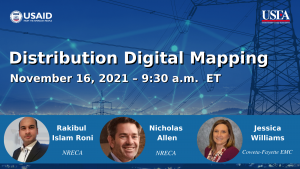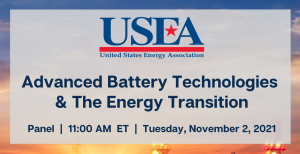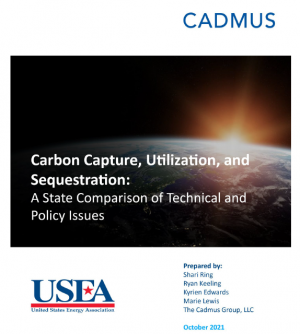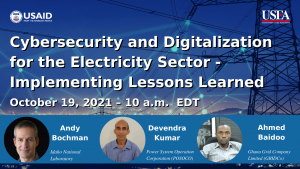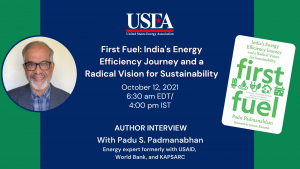December 21st, 2021
USEA and Orrick are co-hosting a two-part series of webinars on hydrogen provisions emerging from the recent Bipartisan Infrastructure Act and the pending Build Back Better Bill. The webinar will consist of four panels over a two-day period, from December 21 to December 22. The panels will be on (1) the national strategy for hydrogen; (2) an in-depth analysis at electrolysis options; (3) the evolution of the Hydrogen Economy; and (4) tax incentives for hydrogen production and storage.
November 16th, 2021
This is the fifth in the series of Grid Modernization webinars hosted by USAID's Bureau for Development, Democracy, and Innovation (DDI).
Digital mapping of distribution infrastructure can significantly improve network management. Specifically, GIS has revolutionized distribution mapping and simplifies the management and monitoring of the the entire distribution system.
November 2nd, 2021
As countries around the world continue to enhance renewable energy capacity as part of the march towards global decarbonization, perhaps the most critical aspect...
October 26th, 2021
With the help of The Cadmus Group, USEA is releasing the study "Carbon Capture, Utilization, & Sequestration: A State Comparison of Technical and Policy Issues." This study evaluates laws, policies, and regulations governing CO2 storage operations and geologic storage across ten states including: Alabama, California, Indiana, Kansas, Louisiana, Michigan, Mississippi, Nebraska, Oklahoma, and Utah.
October 19th, 2021
As energy systems continue to advance technologically, they have become increasingly vulnerable to cyber-attacks. In response to this threat, USEA partnered with USAID to share some key tools and resources to improve cybersecurity in the energy sector. This effort culminated in a series of cybersecurity webinars, launched in June 2020, aimed at the utility sector of USAID partner countries working on this issue, or looking at how to get started.
October 12th, 2021
The historic oil crisis of 1973, which permanently altered significant economic policies worldwide, marked a turning point in India’s energy odyssey, putting the country on the path towards energy efficiency. A young energy researcher at the National Productivity Council at the time, Padu Padmanabhan soon found himself at a juncture that would lead him to the many watershed moments of this journey.
September 23rd, 2021
U.S.-Asia Gas Partnership
Pages




